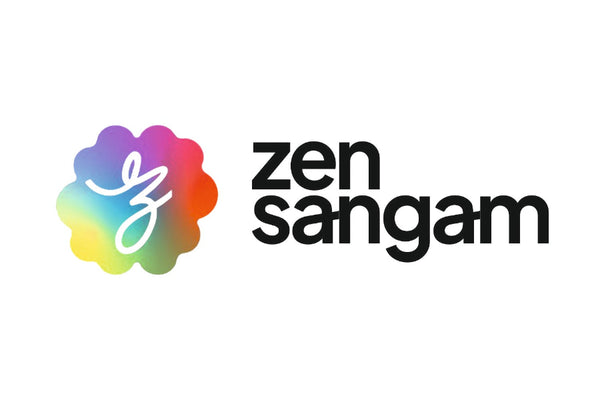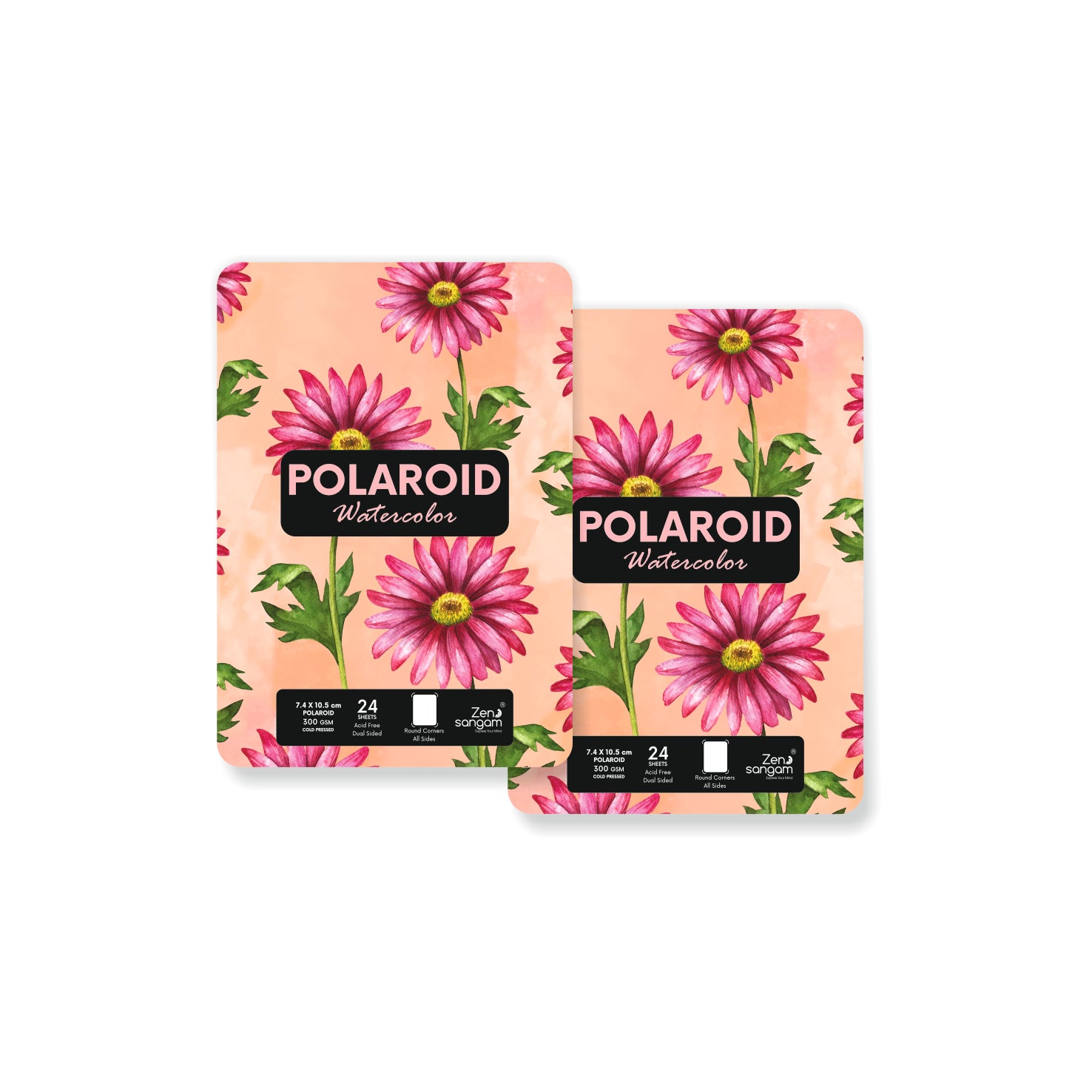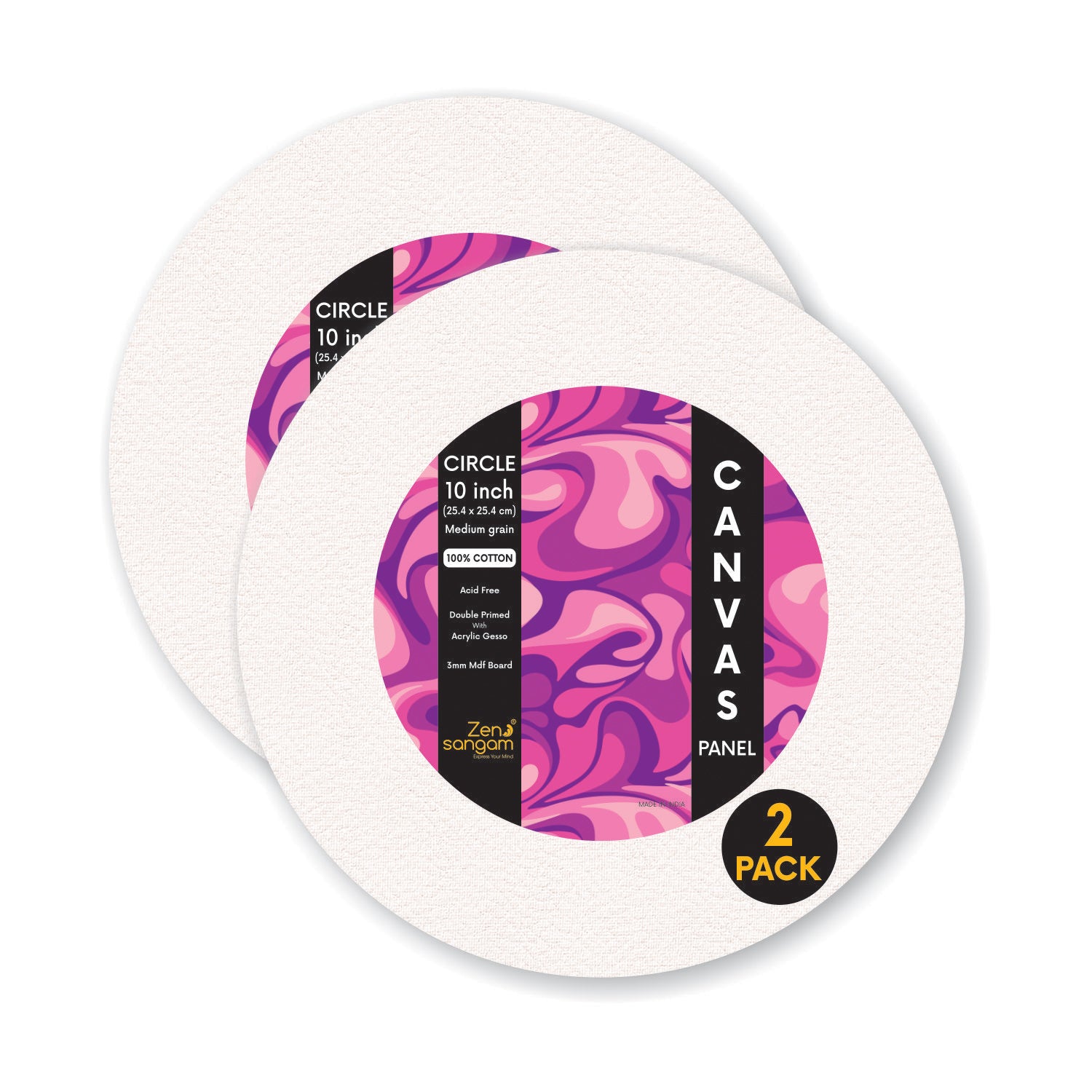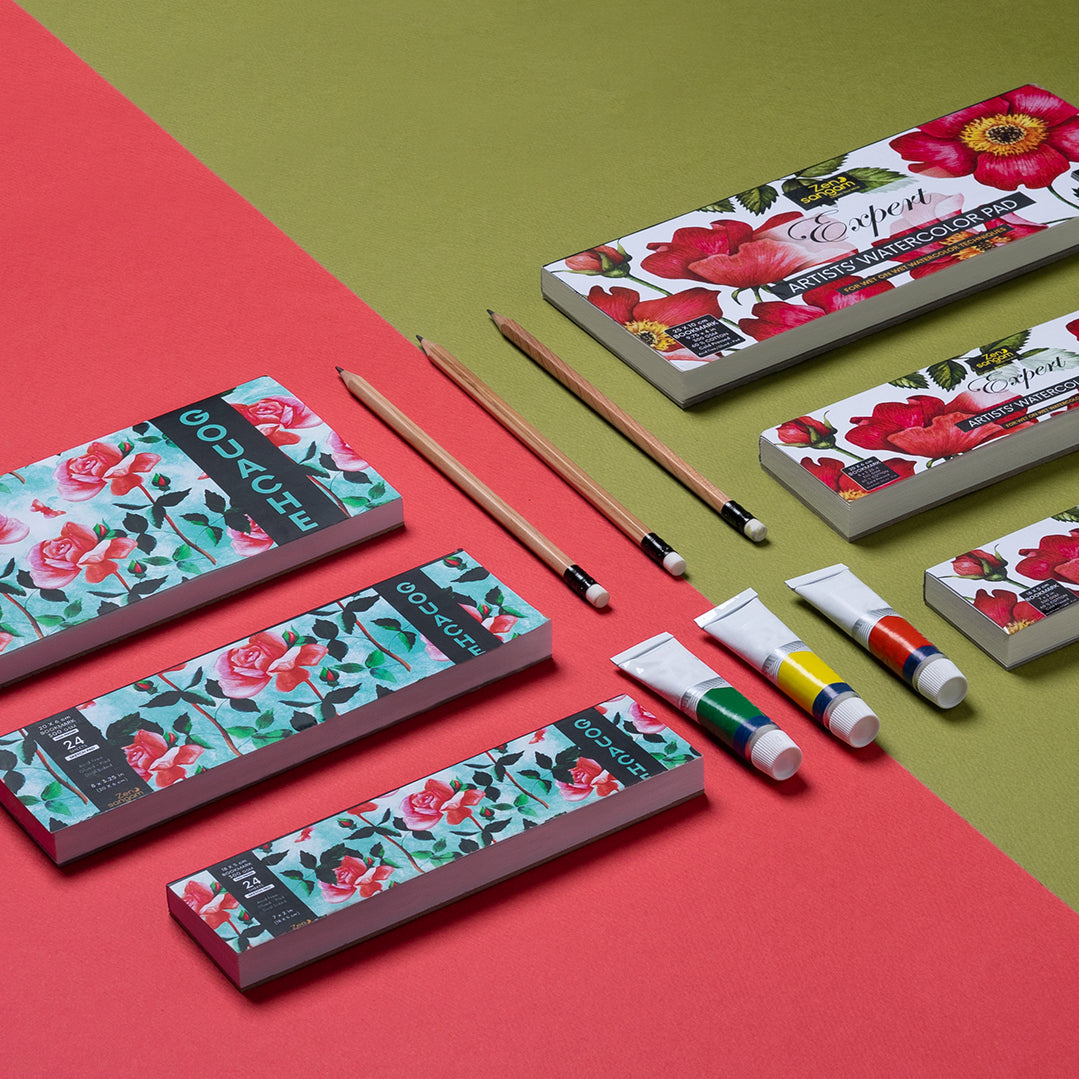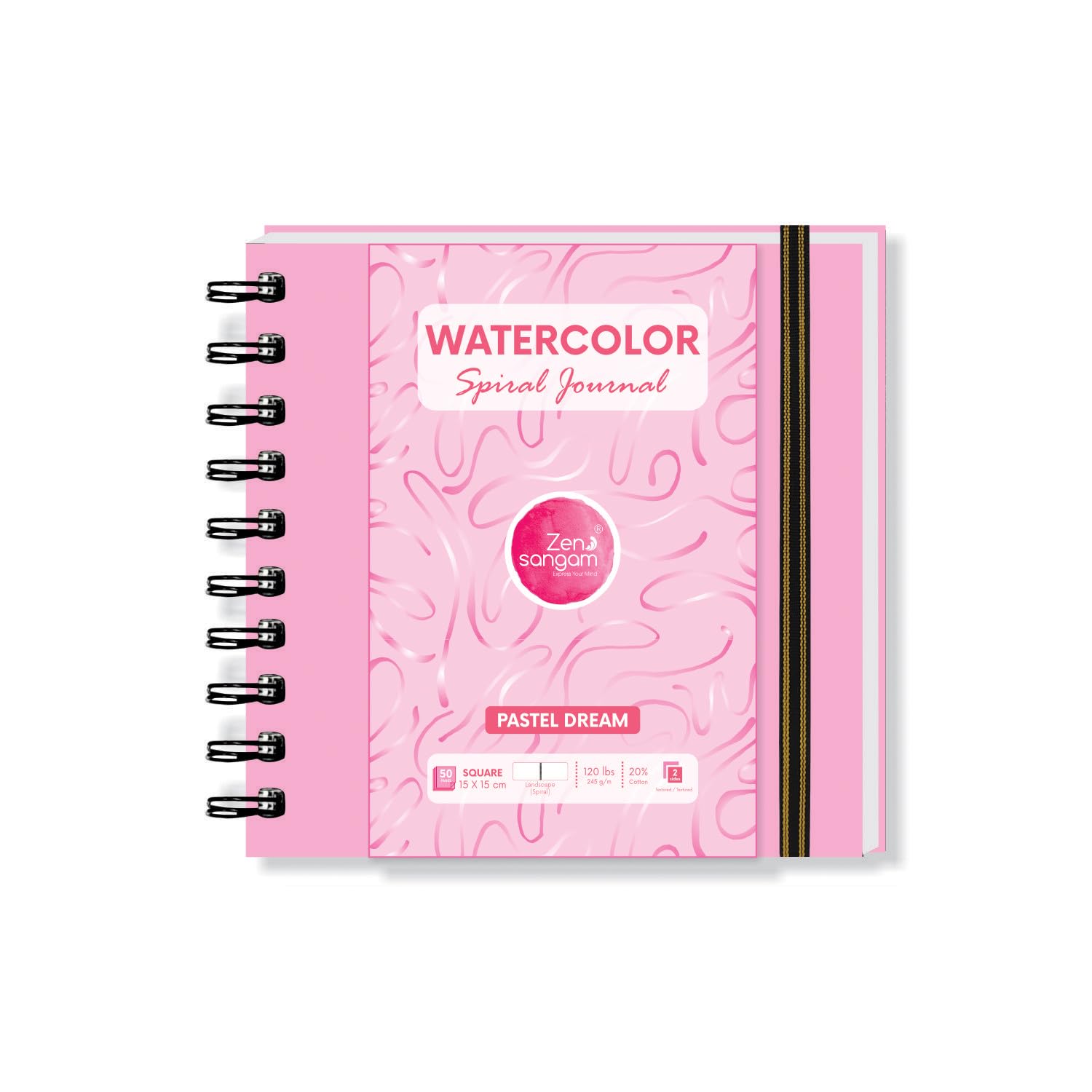Acrylics combine the best of oil paints—creamy texture, opaqueness, ability to blend smoothly, vibrant colors—with the best of watercolors—quick-drying, water-soluble, easy clean-up—for paint that works on most surfaces. It’s a multifunctional medium that allows me to create artwork in so many different forms—on canvas, paper, cardboard, wood, glass, fabric, plaster, furniture, and even on the ceiling.

Basic Tips you need:
- Keep a piece of cloth around at all times to wipe excess water from your brush.
- The most basic acrylic techniques you should begin with are: mixing colors on the palette and the canvas; making gradients of color, impasto, glazing by using thin layers of color, and using the palette knife.
- It dries quickly, so you need to work fast. Sometimes, to achieve an interesting effect, it’s better to wait until it dries.
- There is an almost infinite number of techniques achieved by combining acrylic paint and gel pens, markers, and pastels. Experiment and have fun using different media together.
- Thoroughly wash your paint brushes after using them with acrylics; otherwise, they become ruined and useless.
- To conserve the beauty of your acrylic painting, cover it with a varnish so it doesn’t fade over time due to sun exposure.

New to using Acrylic Paints? Here are 8 Acrylic Paints techniques you need to know.
Splattering:
It doesn't get more fun than this! Using a fairly wet brush, you can flick or splatter onto a surface for an uneven splatter effect. It's fantastic for creating an abstract landscape or a starry night or for just adding texture to a piece.

Dabbing:
Think of dabbing like very artistic sponge painting. Using the corner of a sponge or even a piece of paper towel, dab on accents of color. This creates a texture that can't be replicated with any other applicator.

Palette Knife:
Applying paint with a palette knife is an instant way to make your work look painterly. And since it's no different from spreading frosting on a cake, even beginners can do it. Simply use the palette knife to scrape up a bit of paint and apply it to your work surface — you'll get the hang of it pretty quickly.

Detailing:
If you're after sharp, realistic details, you'll need a small, fine brush to carefully paint them in. If this kind of realism is your jam, our lessons in narrative portraiture give a deep-dive on techniques.

Glazing:
If you want your paintings to shine (of course you do!), turn to a matte medium. When you mix a medium with your paint, it gives the paint new properties that add depth and complexity to your paintings.

Layering:
Layering is as simple as it sounds — you'll apply paint in one layer after another, working from the bottom up. You'll start by painting big blocks of color, often as washes, and then adding more and more refinement as you add layers.

Paint in Blocks of Color:
This is a fantastic method for beginners. Trace your image, separating each color or tone into separate shapes. Then paint in the shapes as if it were your own DIY paint-by-numbers piece. This is an easy method with monochromatic palettes or can be used with a variety of colors, too.

Mix Colors Before Painting:
Instead of fully mixing the two colors, just give them a brief stir with your palette knife. Then, use the partially mixed colors to paint. You'll get a fascinating mingling of colors as you apply the paint to your work surface.

While it's worth giving these tried-and-true techniques a shot, don't limit yourself to the basics. Mix and match these methods and techniques, exploring the ways of painting that feel right to you. As you develop your skills, you'll notice that your techniques will become refined into your own unique method of creating art.
If you are looking for the perfect sketchbook for your Acrylic Paintings, Zen Sangam's Art Journals would be the best choice! You can also check out our Premium Quality Art Sketchpads that are specially made for Acrylics and Gouache!
If you want to know more about other media, refer these link:
Color Pencil Using Techniques for Beginners
Crayons Using Techniques for Beginners
Felt Tip Pens Using Techniques for Beginners
Markers Using Techniques for Beginners
Oil Pastel Using Techniques for Beginners
Glitter Pens Using Techniques for Beginners
Brush Pens Using Techniques for Beginners
Pencil Shading Using Techniques for Beginners
Charcoal Pencil Using Techniques for Beginners
Oil Painting Using Techniques for Beginners
Gouache Using Techniques for Beginners
To explore our Coloring Books
